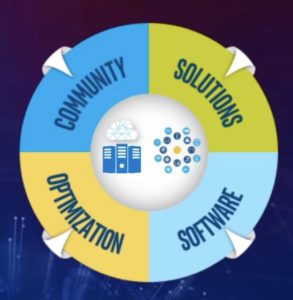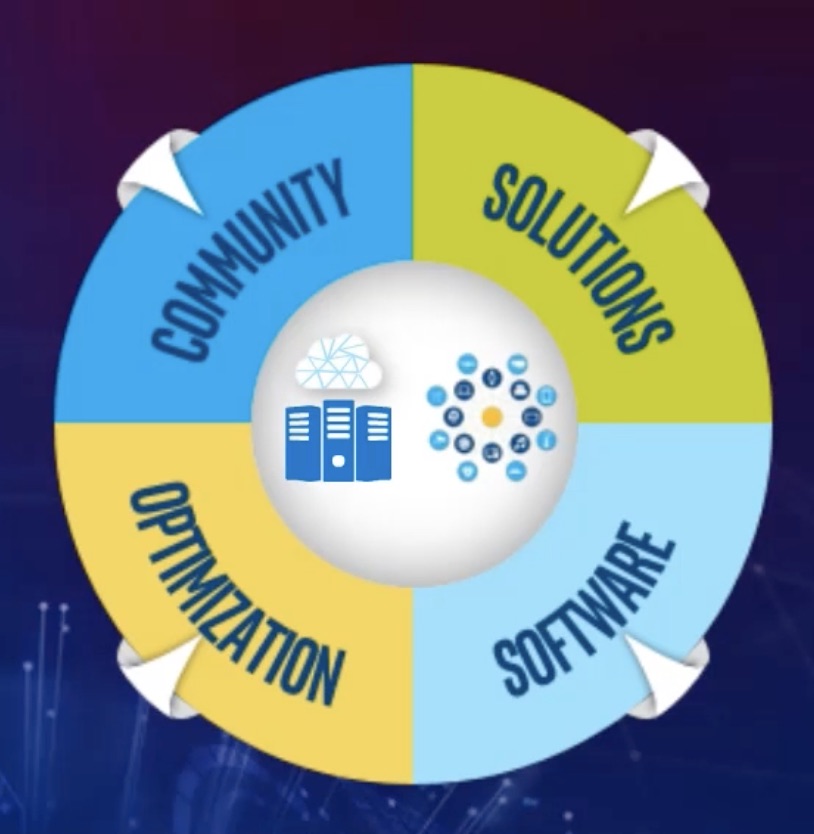 In this sponsored post, Intel describes how to advance the potential of AI from Cloud to Edge.
In this sponsored post, Intel describes how to advance the potential of AI from Cloud to Edge.
The modern data explosion, and the challenge of deriving meaningful insights from it, fuel the growing importance AI. Over the next several years, advancements in AI and its underlying hardware and software will make better use of data to empower consumers and businesses in new and interesting ways. In this video, Wei Li, Vice President and General Manager for Machine Learning and Translation at Intel, discusses the increasing importance of AI, the vision for AI’s future benefits to humanity, and Intel’s efforts in providing an advanced platform to facilitate AI deployment from the Cloud to the edge.
AI has come a long way since its humble roots in machine learning many years ago. Today, AI implementation is a mix of art and science, although the process is simplifying with the advent of increasingly-powerful tools. Cloud and edge-based infrastructure can tie together thousands of processors, creating exceptionally robust systems. Innovative, modern use cases include real-time language processing, deep learning for scientific discovery, gaming, stock trading, and even using automated drones to oversee crops growing on a farm.
Maximizing AI benefits faces some challenges too. For instance, some AI implementations depend on data labels to draw inferences from the information undergoing analysis. However, new advances in AI – like unsupervised learning and reinforcement learning – remove the dependence on data labels and enable AI to “learn” on its own.
Developers and researchers need the right hardware and software tools to simplify AI deployment, make it more effective at critical tasks, and implement it for human benefit. Intel’s hardware and software including Intel Xeon Scalable processors, Intel FPGAs, libraries, and frameworks, provide a holistic solution for developers and researchers to advance the potential of AI from Cloud to edge.




